What is Integer Number?
Integers include negative numbers and all whole numbers. ‘Integer’ is a Latin word that means ‘intact or whole’. This means integers do not include decimals and fractions. Let us learn more about integers, the properties of integers, and the definition of integers in this article
What is an integer number?
Integers include negative numbers, positive numbers, and zero. An integer is a number with no fractional and decimal parts. Integers include negative numbers and all natural numbers include zero. Which is denoted by Z aset of integers.
For example:-1,-2, 0, 4, 6
Symbol
The set of integers is denoted by Z
Z={…..-5,-4,-3,-2,-1,0,1,2,3,4…..}
Types of integers:
There are three types of integers
- Negative integers
- Positive integers
- Zero integers
Negative integers:
The negative integers are the negative of natural numbers. They are denoted by Z–. The negative integers lie a number line on the left side of 0.
Positive integers:
The positive integers are also called natural numbers. Positive integers are denoted by Z+. The positive integers lie on a number line on the right side of 0.
Zero:
Zero is neither a negative nor a positive integer. It is a neutral number i.e. zero has no sign (+ or -).
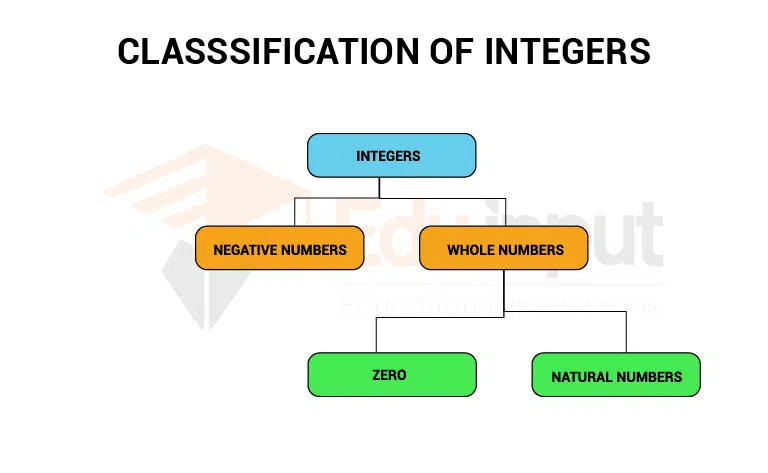
Represent an integer number on a number line
As we have already discussed the three different types of integers, we can easily denote them on a number line based on positive integers, negative integers, and zero.
Zero is the center of integers a number line. Positive integers lie on the right side of zero and negative integers lie on the left. See the below figure.
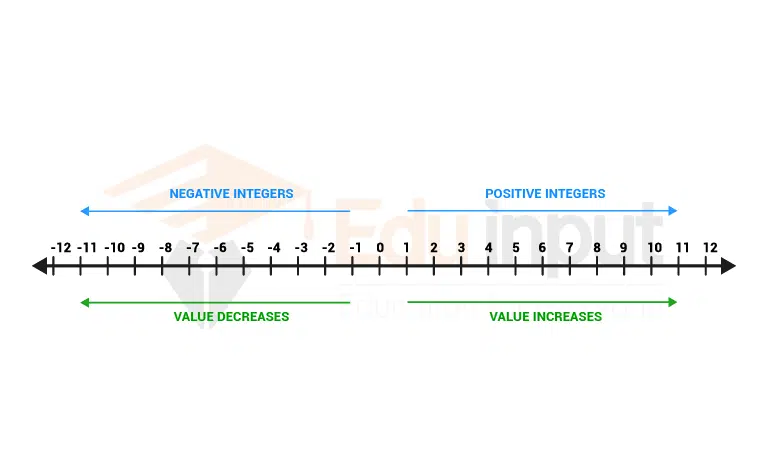
Arithmetic operation on integers
There are four basic arithmetic operations on integers
- Addition of integers
- Subtraction of integers
- Multiplication of integers
- Division of integers
Addition of integers:
When adding the two integers with the same sign, add the absolute values, and write down the sum with the same sign provided with the numbers.
For example:
(+2)+(+3)=+5
(-5)+(-4)=-9
When adding two integers with distinct signs, subtract the absolute values, and write down the difference with the sign of the number which has the greatest absolute value
(-6)+(+4)=-2
(+8)+(-4)=+4
Subtraction of integers:
While subtracting two integers, change the sign of the second number which is being subtracted, and follow the rules of addition
For example:
(-7) – (+3) = (-7) + (-3) = -10
(+2) – (+1) = (+2) + (-1) = +1
Multiplication of integers:
The rule is simple multiplying two integers
- if both the integers have the same sign, then the answer is positive.
- If the integers have different signs, then the answer is negative
For example;
(+4)x(+5)=+20
(-3)x(+2)=-6
Multiplication of two integers, we use the following rules:
| Multiplication sign | Resulting sign | example |
| +x+ | + | 5×3=15 |
| +x- | – | 5x-3=-15 |
| -x+ | – | -5×3=-15 |
| -x- | + | -5x-3=+15 |
Division of integers
The rule is a simple division of two integers
- if both the integers have the same sign, then the answer is positive.
- If the integers have different signs, then the answer is negative
For example:
+4 ÷+2=+2
-4÷+2=-2
Division of two integers, we use the following rules:
| Division of sign | Resulting of sign | examples |
| +÷+ | + | 4÷ 2=2 |
| +÷- | – | 4÷ -2=-2 |
| -÷+ | – | -4÷+2=-2 |
| -÷- | – | -4÷-2=2 |
Properties of an integer number
- Closure Property
- Associative Property
- Commutative Property
- Distributive Property
- Additive Inverse Property
- Multiplicative Inverse Property
- Identity Property
Summary
- The Sum of two positive integers is an integer
- The Sum of two negative integers is an integer
- The Product of two positive integers is an integer
- The Product of two negative integers is an integer
- The Sum of an integer and its inverse is equal to zero
- The product of an integer and its reciprocal is equal to 1

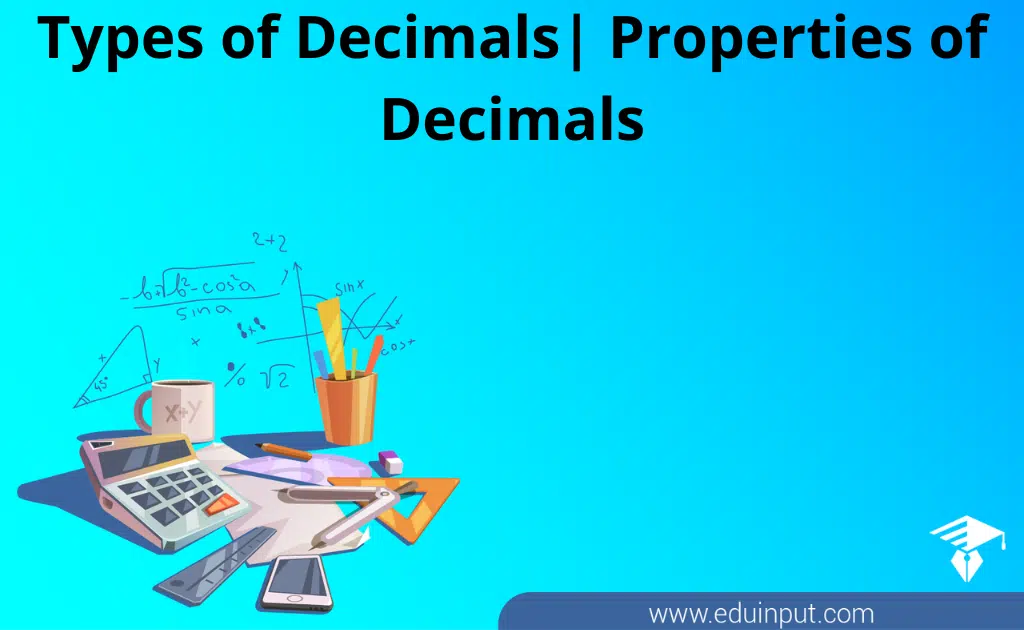

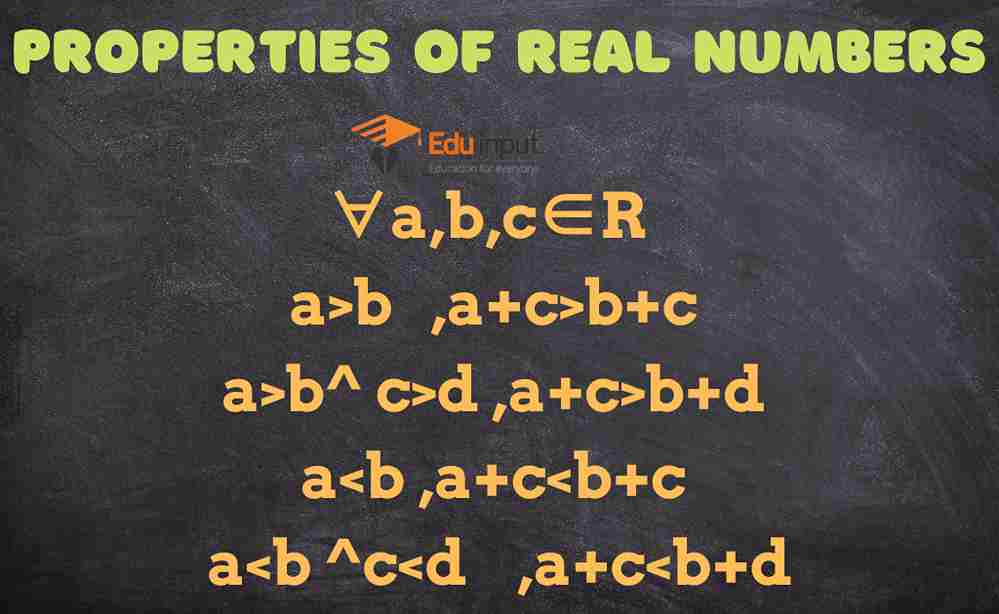
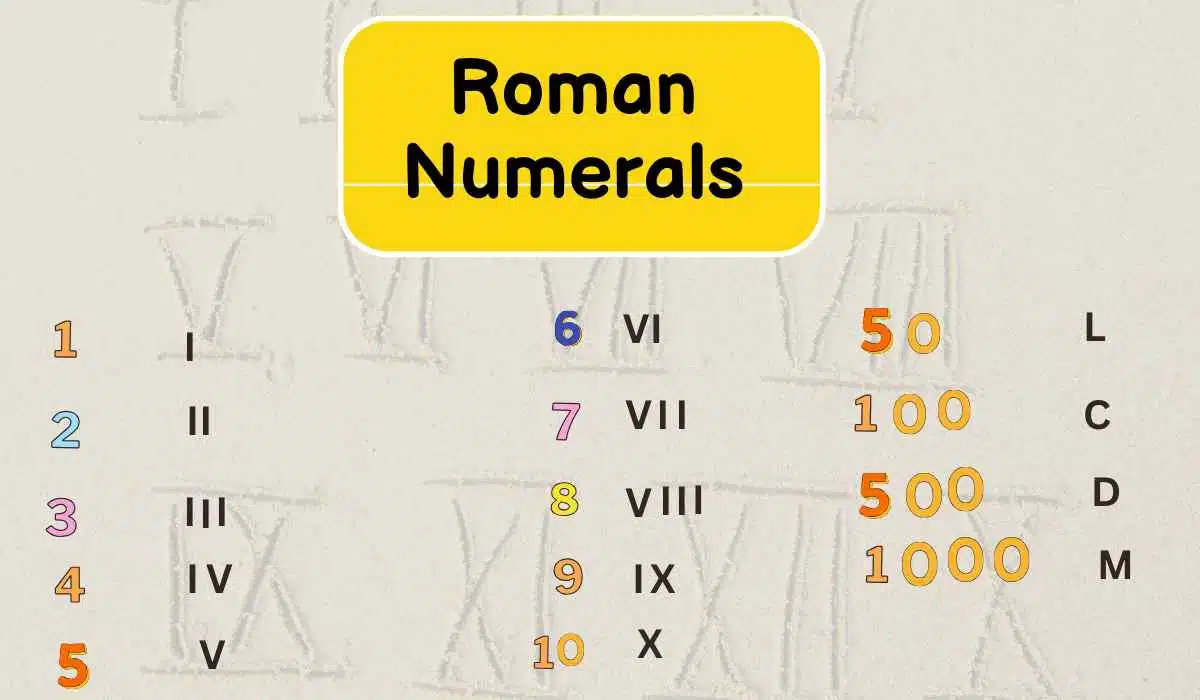


Leave a Reply